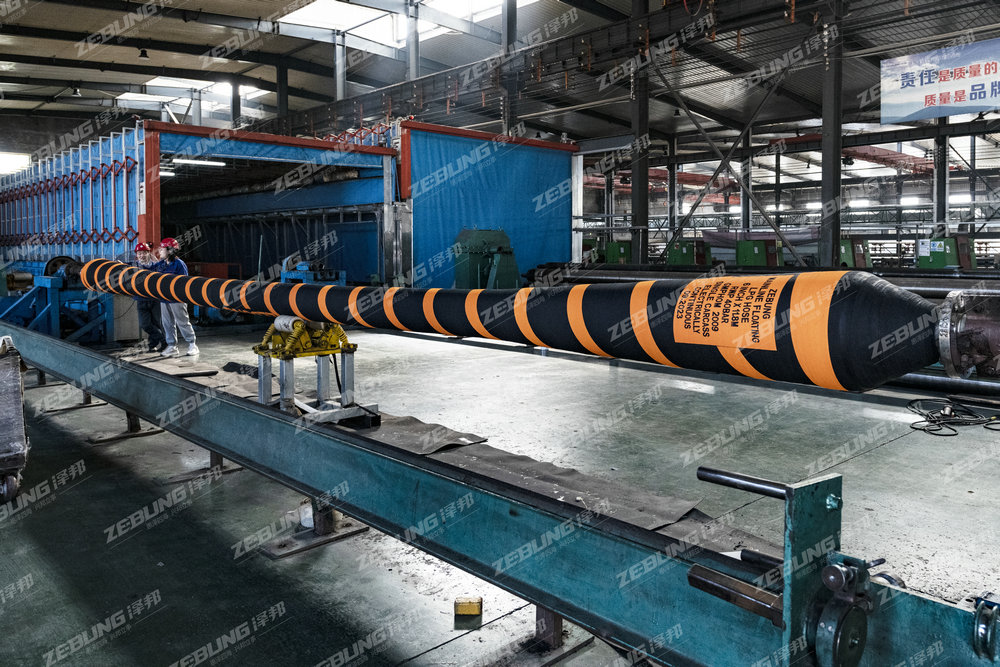An empty or fully loaded tanker approaches the SPM and moors to it using a hawser arrangement with the help of a mooring crew. The floating hose strings, attached to the SPM buoy, are then hoisted and connected to the tanker manifold. This creates a complete closed product transfer system from the tanker hold, through the various interlinking parts, to the buffer storage tanks onshore.
Once the tanker is moored and the floating hose strings connected, the tanker is ready to load or discharge its cargo, using either the pumps onshore or on the tanker depending on the direction of flow. As long as the operational cast-off criteria are not exceeded, the tanker can stay connected to the SPM and floating hose strings and the flow of product can continue uninterrupted.
During this process the tanker is free to weathervane around the SPM, meaning it can move freely throughout 360 degrees around the buoy, always orienting itself to take the most favourable position in relation to the combination of wind, current, and wave climate. This reduces the mooring forces compared to a fixed-position mooring. The worst weather hits the bow and not the side of the tanker, reducing operational downtime caused by excessive tanker movements. The product swivel inside the buoy allows the product to keep flowing through the buoy as the tanker weathervanes.
This type of mooring requires less room than a tanker at anchor because the pivot point is much closer to the tanker – typically 30m to 90m. A tanker at a mooring buoy is much less prone to fishtailing than a ship at anchor, although fishtailing oscillations can still occur at a single point mooring.
we will explain the process in more detail In the later articles, please follow us.
Post time: Oct-13-2023


